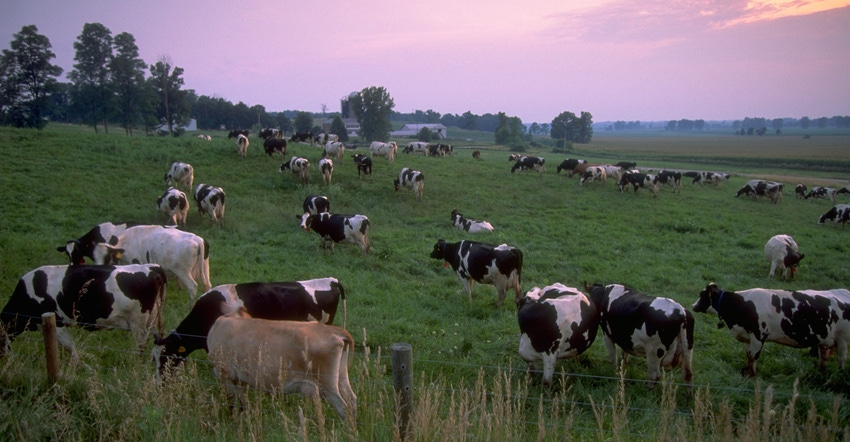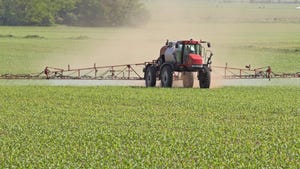
One brisk morning you notice several weaned dairy calves with nasal and eye discharge, droopy ears and a cough. You use a calf health scoring chart to identify other symptoms such as fever and diagnose pneumonia. Now what?
Don’t wait until the calves stop eating to treat them, says Curt Vlietstra, cattle senior professional services veterinarian at Boehringer Ingelheim. By then, it could be too late to turn the impacts of pneumonia around.
“Everybody’s thinking about what it costs to pay their labor, what it costs to buy a bottle of medicine, and what they lose if they have to cull or if the calf even dies,” he says. But pneumonia in the herd has potential to be more than a financial burden.
“I don’t want to discount the impact on morale on a farm. It can get really, really depressing to show up to work every day, and all you’re doing is pulling and treating sick calves — and potentially losing some that didn’t respond to treatment,” Vlietstra says. “That can be very impactful even for people who have no financial investment in the farm.”
And the biggest cost of pneumonia? It’s more of a long-term effect.
The sneakier cases of pneumonia will sometimes take years to manifest themselves, resulting in the most cost, he says. A heifer with mild or moderate pneumonia is less likely to reach her full genetic potential. And that could be the most significant economic impact of respiratory disease in a dairy replacement. According to one study, a calf with pneumonia can cost a producer at least $282.
Treat promptly
You know you want to avoid short- and long-term effects of a pneumonia outbreak at all costs. So, what should your treatment plan look like?
First and foremost, involve your local veterinarian when making a treatment decision, because usually you won’t use the same antibiotic for every sick calf, Vlietstra says. Antibiotic selection should be determined by how accessible a calf is to treat. This will dictate whether a multiple- or one-dose injection should be used.
And the act-fast mindset still applies when choosing an antibiotic.
“It’s important to use a drug that goes to work relatively quickly — especially if you’re checking outward symptoms of disease such as increased breathing, coughing, nasal discharge, ocular discharge,” he says. “If you’re waiting for those signs, the calf was already probably quite sick by the time you found it. So, you can’t wait two days for a drug to kick in. You need a drug that goes to work quickly.”
Also make sure you’re treating long enough. Treatment should last up to 10 days to be the most effective, Vlietstra says. Make sure a one-time injection lasts long enough, or with a multiple-dose injection, repeat the treatment to cover the time frame.
Prevention tips
But there’s more to tackling pneumonia than a treatment plan. Preventing pneumonia starts when the calf is born, Vlietstra says.
“It sounds kind of cliche, but it’s the first couple of minutes of the calf’s life that you’re never getting back,” he says. So, make sure your calves are born in a clean, well-bedded environment and dried off. And make sure they receive high-quality colostrum right away.
But what if starting calves off on the right foot doesn’t work?
“You could vaccinate them often,” Vlietstra says. “But you’re still going to have sick ones, because their immune system is only as good as their overall health and nutritional plan is. Vaccinations are an important part of disease prevention, but they are only as good as farm management.”
About the Author(s)
You May Also Like






